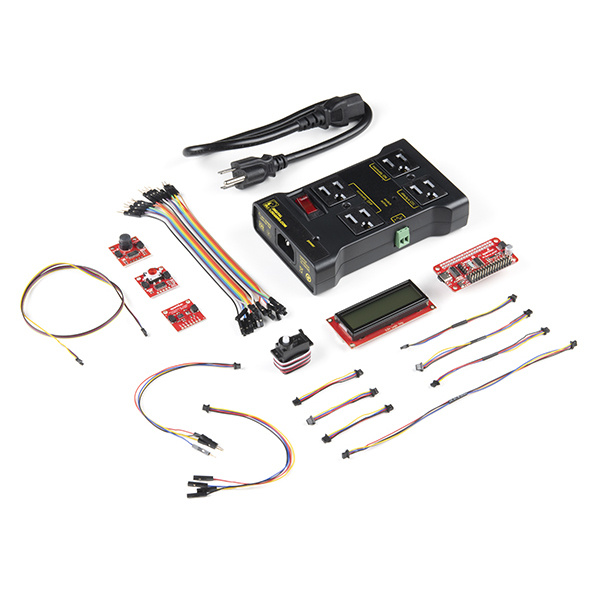Machine Learning @ Home Kit Hookup Guide
Introduction
Machine learning has taken the technology world by storm.
From smart email categorization to make it easier to sift through your inbox, to ML applications that decipher your handwriting and allow you to deposit checks on your mobile phone, to medical diagnosis like detecting cancer. Machine learning is practically ubiquitous in nearly every facet of our lives at this point.
Machine learning itself is a simple idea - ML algorithms use historical data as input to predict new output values. However, the actual practice of machine learning uses complex math and requires quite a bit of computational power, which can seem overwhelming to implement by oneself. But lucky for us, there's no longer a need to build machine learning models from scratch - there are dozens of APIs that have already built out the complex math to run ML models, and we can just use the libraries with our specific parameters.
That's great, it means we have access to all sorts of machine learning models that we can run on our computers. But that doesn't always feel super tangible, just running models on your laptop. What if you wanted to implement machine learning in the real world, in your everyday life? How do you go from building and training a model to deploying to to solve problems in your physical life?
Welcome to the Machine Learning @ Home Kit - this aims to help you bridge the gap between building and training machine learning models, and deploying them in tangible and meaningful ways.
NVIDIA's Jetson Nano has great GPU capabilities, making it ideal for ML applications. This kit brings machine output and interaction into the picture through a number of different SparkFun Qwiic boards for you to turn machine learning into machine working!
The goals of this particular hookup guide is to extend the content from NVIDIA's Getting Started with AI on Jetson Nano course to implement machine learning in practical ways in your own home. It will be "living", meaning it will be periodically iterated upon and additional projects will be added over time. We will go over how to move away from Jupyter labs and actually deploy applications, as well as how to strategically run applications once deployed. For example, we'll review how to save on power, by starting programs on boot, or using a motion sensor/button rather than having the program run all the time.
Let's jump right in and take a look at what's included in this kit so we can start building!
